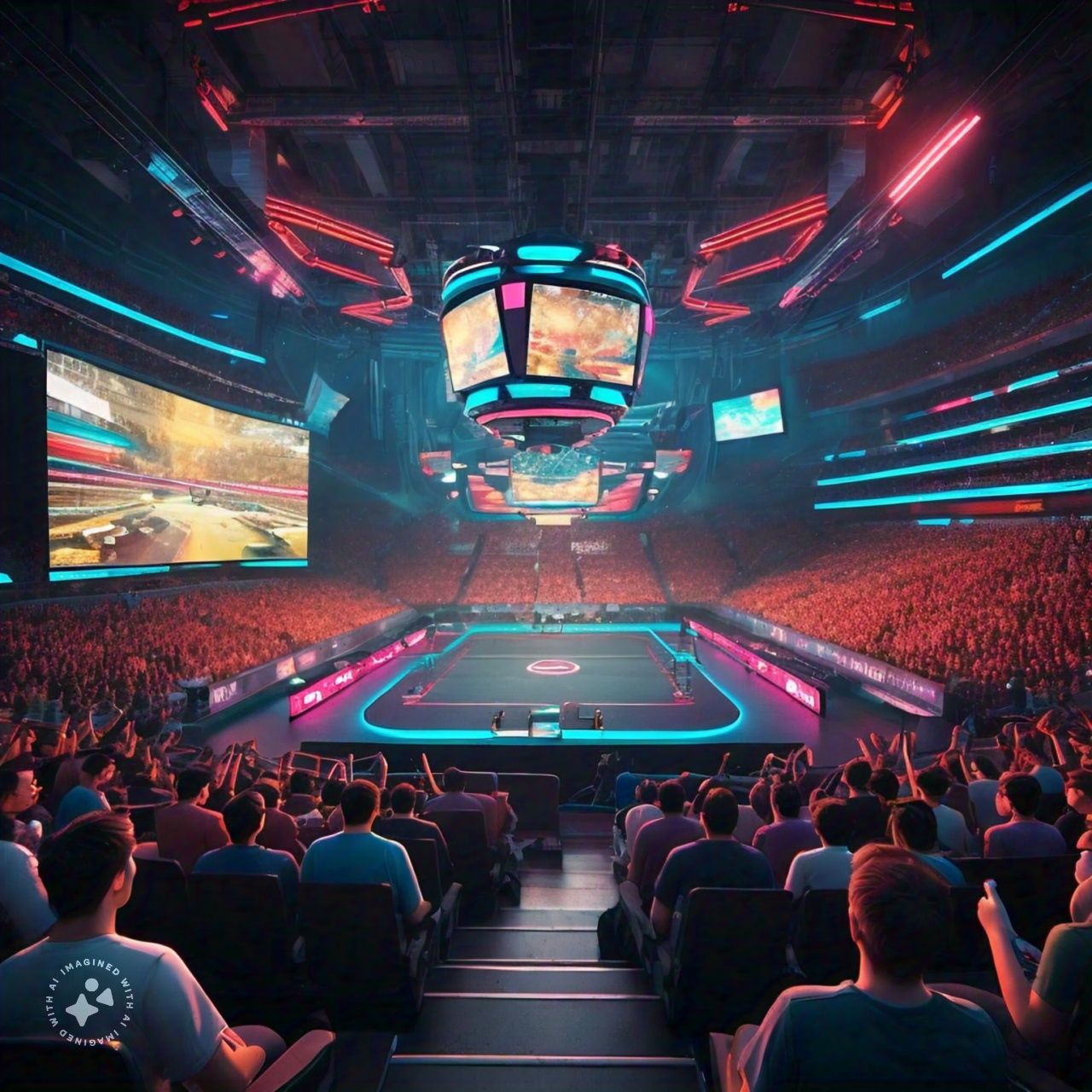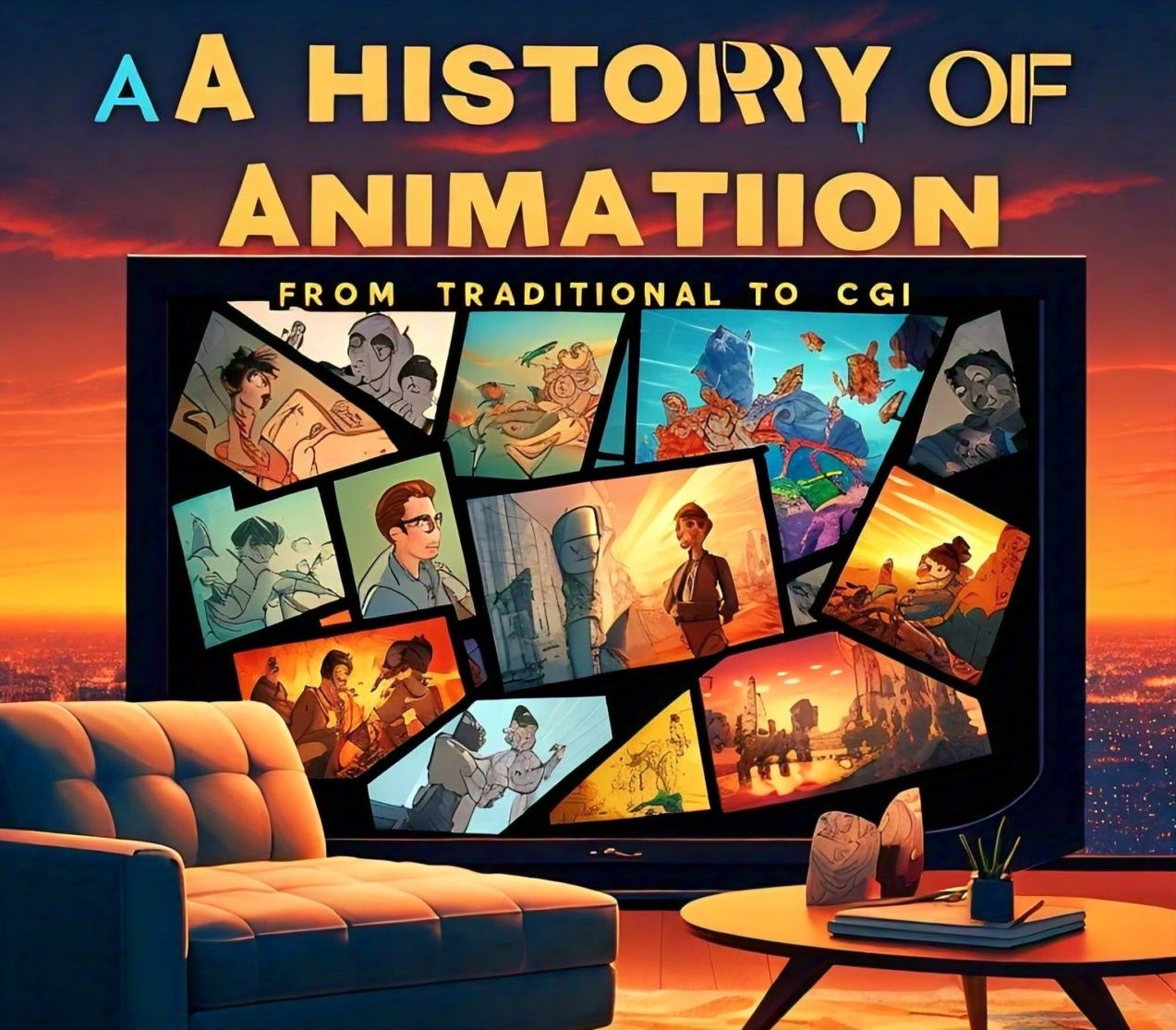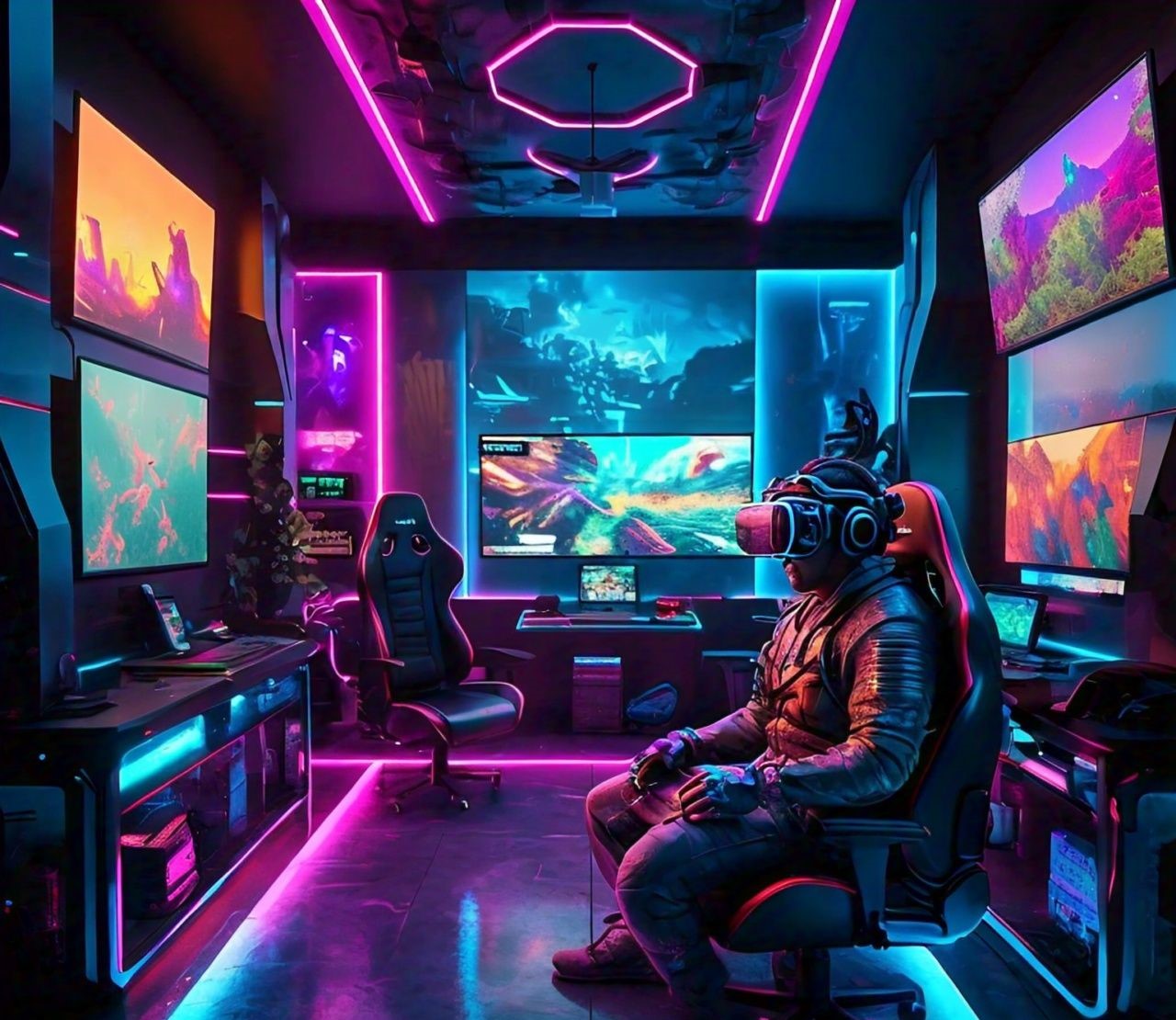The Rise of E-Sports | Hobby to Global Phenomenon
E-sports or electronic sports are rapidly evolved from a niche pastime to a global phenomenon. These competitive video gaming events attract millions of spectators and participants worldwide to blend the excitement of traditional sports with the digital prowess of modern gaming. The growth of e-sports has been driven by advancements in technology to increased internet accessibility and the biggest community of passionate gamers. This detailed exploration delivers into the multifaceted world of e-sports examining its history, popular games, industry impact and future trends.
The Evolution of E-Sports
Early Beginnings
The roots of e-sports trace back to the early 1970s with the first known competitive gaming event taking place at Stanford University in 1972. The game space war sets the stage for what would become a massive industry. Over the following decades the arcade games like Pac-Man and console games such as Super Mario Bros captivated players and laid the groundwork for organized competitions.
The Rise of PC Gaming
The 1990s marked as a significant shift in e-sports with the advent of personal computers (PCs). Games like Doom, Quake and StarCraft became the backbone of early e-sports tournaments. The rise of LAN parties where players connected their computers locally to compete fostered a sense of friendship and relevance that propelled e-sports into mainstream consciousness.
Online Gaming and Live Streaming
The turn of the millennium saw the proliferation of high-speed internet transforming e-sports into a global activity. Platforms like Twitch, YouTube Gaming and Mixer revolutionized the way fans consumed content allowing them to watch live streams of their favorite games and players. The ability to stream gameplay live and interact with audiences in real time enhanced the visibility and appeal of e-sports.
Popular E-Sports Games
League of Legends (LoL)
It is developed by Riot Games. The League of Legends is one of the most popular e-sports titles globally. This multiplayer online battle arena (MOBA) game pits two teams of five players against each other to destroy the opposing team’s Nexus. LoL’s strategic depth the regular updates and vibrant community contribute to its enduring popularity.
Counter-Strike: Global Offensive (CS: GO)
As a staple of the first-person shooter (FPS) genre counter strike has maintained a dedicated following since its release in 2012. It is developed by Valve Corporation. This game emphasizes teamwork, precision and strategy. Counter Strike Go tournaments such as the ESL Pro League and Intel Extreme Masters which offers substantial prize pools and draw significant viewership.
Dota 2
Another MOBA game is Dota 2 developed by Valve boasts a complex gameplay system and a high learning curve known for its annual tournament. The International Dota 2 offers some of the highest prize pools in e-sports history. The difficult mechanics of this game and diverse hero roster make it a favorite among dedicated gamers.
Fortnite
Epic Games Fortnite took the world by storm with its battle royal mode where hundred of players fight to be the last standing person. It is also known for its vibrant graphics with frequent updates and crossover events. Fortnite appeals to a broad audience. The Fortnite World Cup exemplifies this game importance in the e-sports landscape.
Overwatch
Blizzard Entertainment’s Over watch combines elements of FPS and team based gameplay. With a diverse cast of heroes each possessing unique abilities. Over watch requires players to master both individual skills and team coordination. The Overwatch League (OWL) has established a structured franchised league system that mirrors traditional sports leagues.
The E-Sports Industry: Economic Impact
Revenue Streams
The e-sports industry generates revenue through various channels which includes sponsorship deals, advertising, merchandise sales, ticket sales and streaming rights. Sponsorships are specifically beneficial with brands eager to tap into the young and tech-savvy e-sports audience. Companies like Intel, Coca Cola and Red Bull regularly partner with these e-sports organizations and events.
Prize Pools and Player Earnings
Prize money in e-sports has reached amazing heights. For instance the International 2019 offered a prize pool of over $34 million. Top players and teams can earn huge incomes from tournament winnings, sponsorship deals and streaming on different platforms like Twitch. The financial opportunities in e-sports continue to attract talented players from around the world.
Job Creation and Career Opportunities
E-sports has created numerous career paths beyond playing professionally. Roles in coaching, shout casting (e-sports commentary) event management, social media management and content creation are necessary to the industry’s ecosystem. Universities have even started offering e-sports scholarships and degree programs for further legitimizing e-sports as a viable career option.
E-Sports and Society
Community and Social Interaction
E-sports encourages a sense of community among players and fans. Online forums like social media groups and in person events provide spaces for individuals to connect, share strategies and celebrate their favorite games and athletes. This sense of belonging is particularly important for younger generations who may find comfort and friendship in the e-sports community.
Mental and Cognitive Benefits
Engaging in e-sports can offer mental and cognitive benefits. Studies have shown that playing video games can improve hand eye coordination. It also give problem solving skills and cognitive flexibility. Additionally, the competitive nature of e-sports encourages players to develop strategic thinking with teamwork and perseverance.
Challenges and Controversies
Despite its positives the e-sports industry faces challenges and controversies. Concerns about excessive screen time, burnout and the mental health of players are prevalent. Moreover issues such as cheating, match-fixing and toxicity within the gaming community require ongoing attention and regulation.
Future Trends in E-Sports
Technological Advancements
The future of e-sports will be shaped by technological advancements. Virtual reality (VR) and augmented reality (AR) are poised to revolutionize that how games are played and viewed. It also offering more immersive experiences. Additionally, advancements in artificial intelligence (AI) may lead to smarter and more adaptive in game opponents which enhancing the competitive landscape.
Increased Mainstream Acceptance
As e-sports continues to grow it is gaining acceptance as a legitimate form of entertainment and competition. Major sports networks like ESPN and BBC have begun broadcasting e-sports events and discussions of including e-sports in the Olympic Games highlight its increasing mainstream recognition.
Diversification of Game Genres
While MOBAs and FPS games have traditionally dominated the e-sports scene there is potential for diversification into other genres. Fighting games, sports simulations and mobile games are gaining traction in the e-sports community. This diversification allows for broader audience engagement and showcases the versatility of e-sports as a platform.
Educational and Development Programs
Educational institutions and private organizations are investing in e-sports development programs. These initiatives aim to nurture young talent and provide training in various aspects of the industry. It promote healthy gaming habits. As a result the next generation of e-sports professionals will be better equipped to handle the demands of the industry.
Conclusion:
The world of e-sports is a dynamic and rapidly evolving domain that blends the excitement of competitive gaming with the power of community and technology. From its humble beginnings in university computer labs to multi million dollars tournaments watched by millions. E-sports has become a cultural and economic powerhouse. As the industry continues to innovate and grow it holds the promise of new opportunities with challenges and experiences for players, fans and stakeholders alike. Whether you are a seasoned gamer or a casual spectator, a curious new comer exploring the world of e-sports offers a fascinating glimpse into the future of entertainment and competition.

om Crew, an expert in entertainment, brings extensive expertise and experience to his writing. As a distinguished author, he offers readers captivating insights and behind-the-scenes looks, blending his deep industry knowledge with engaging narratives that entertain and inform.



























